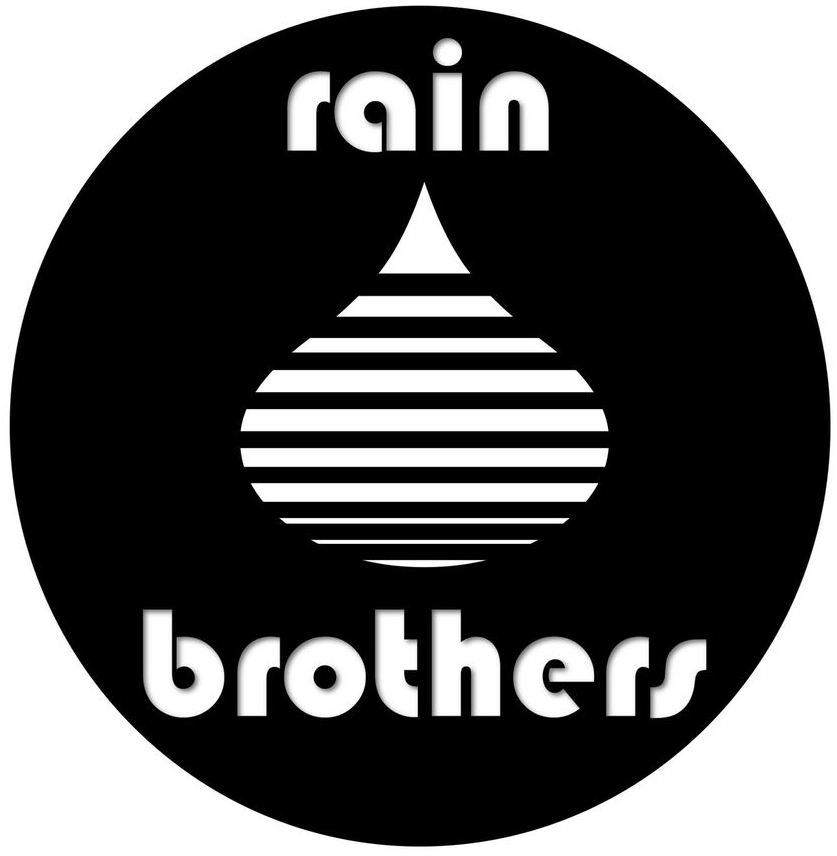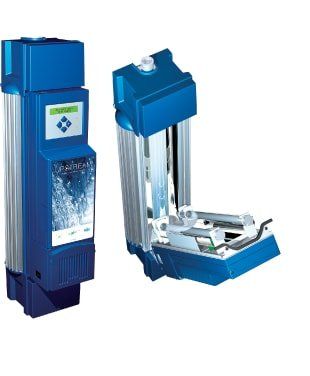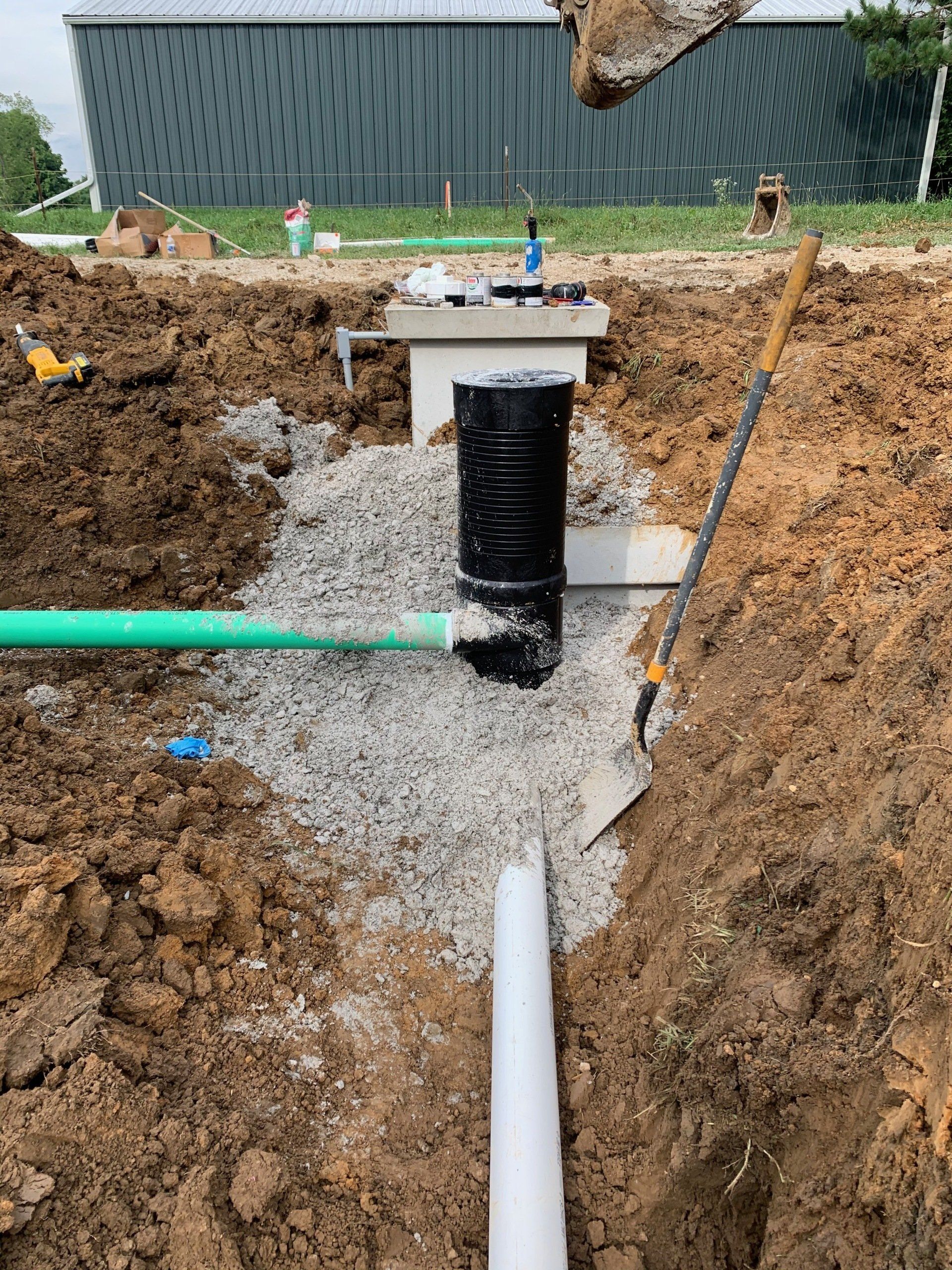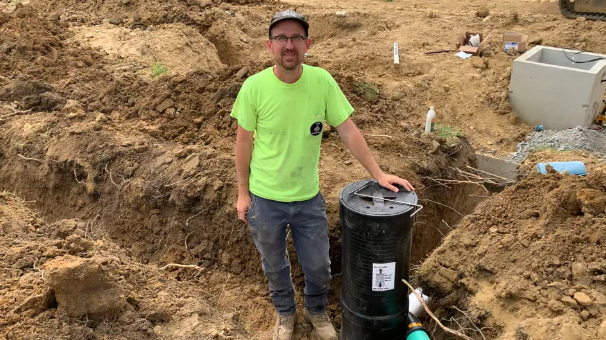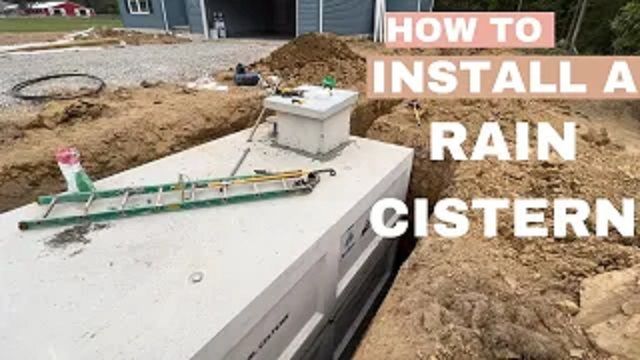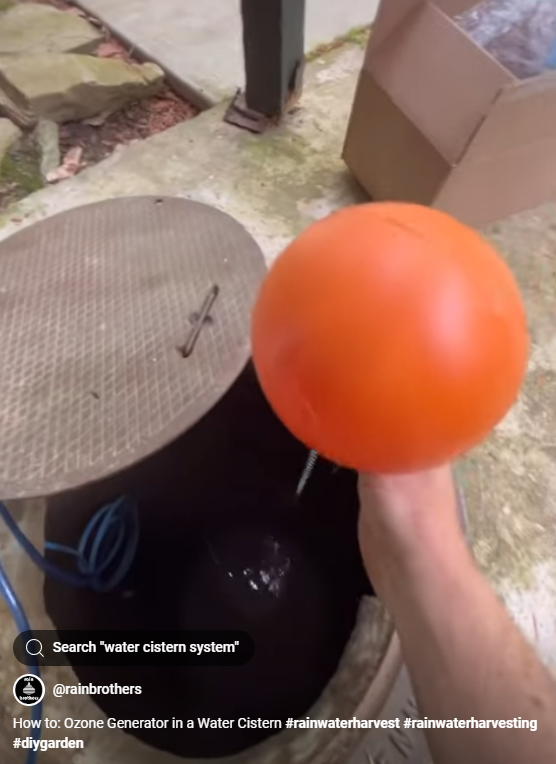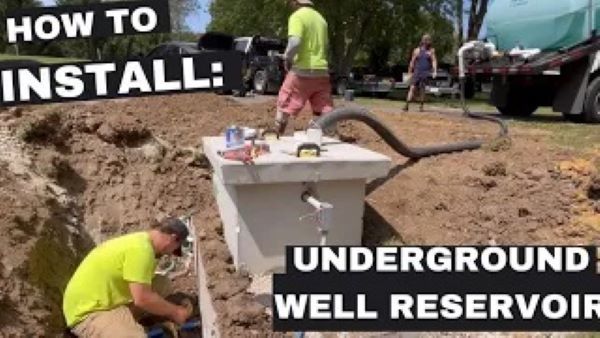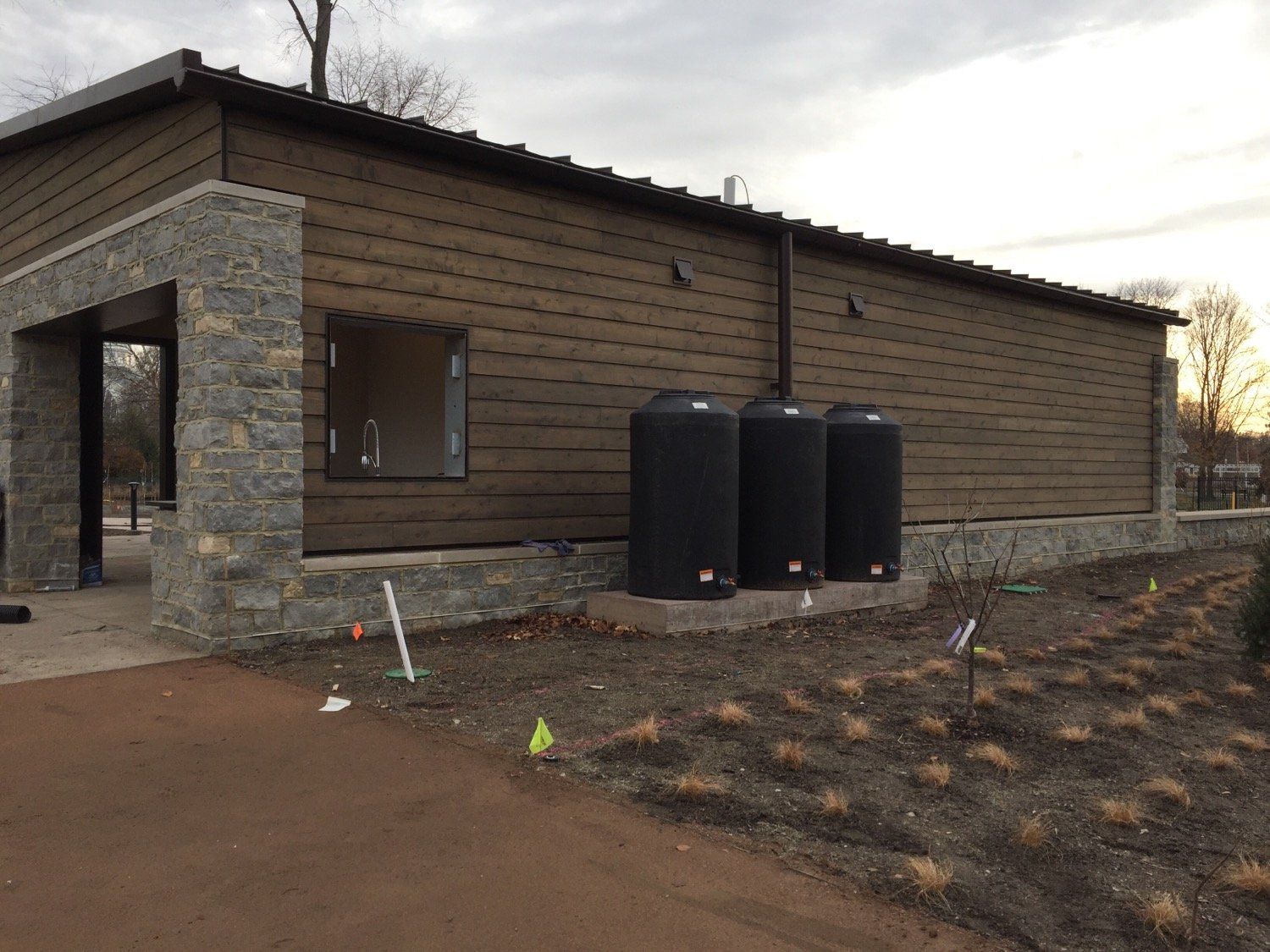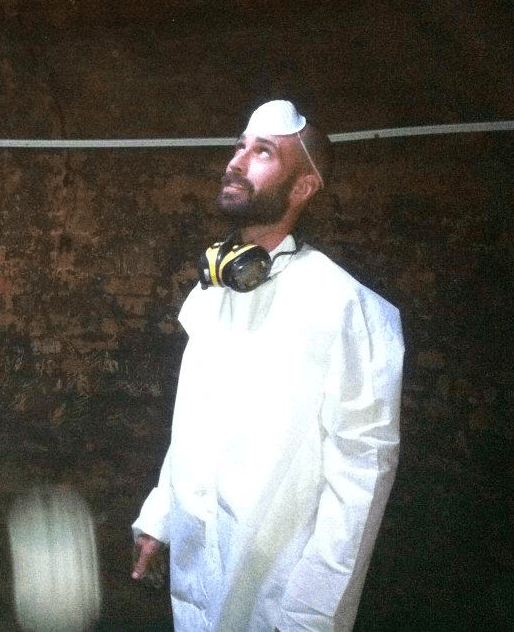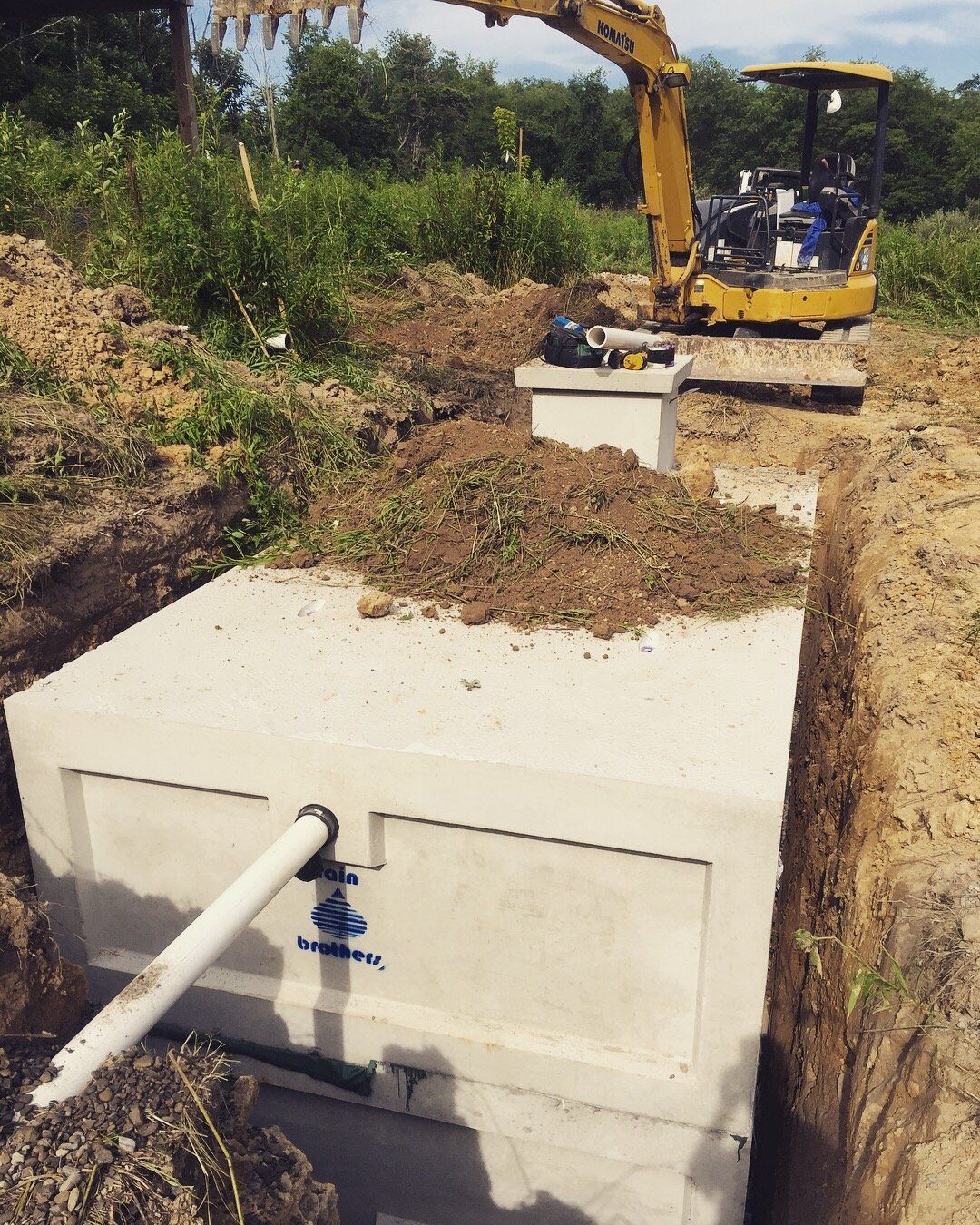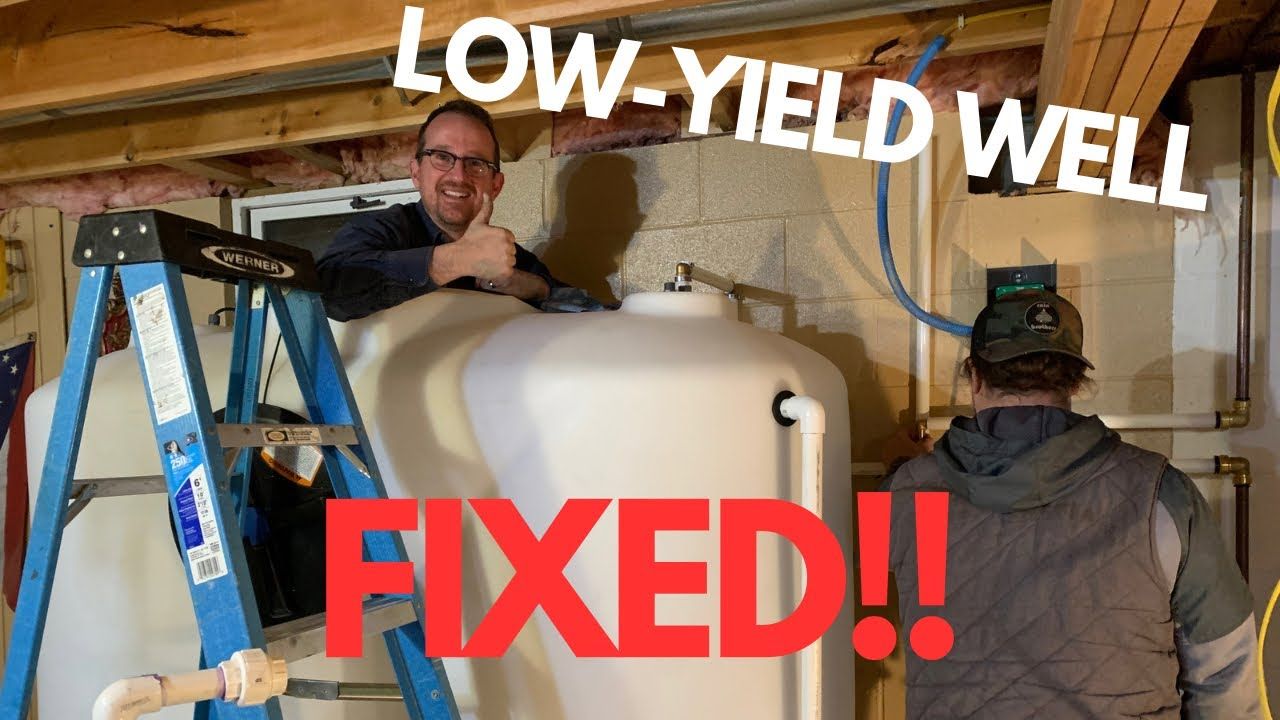Which UV water filter is right for you?
If you've been to our online store to look for a UV water filter, you've seen that there are many different options available, with prices ranging from a few hundred dollars to a few thousand dollars. It makes little sense why there is such a huge price range, right? So what is the difference?
To understand the price ranges, we need to understand that UV systems can be separated by their classification, flow rate, and sophistication.
First, a bit about classification. UV units are generally measured as either NSF Class B or NSF Class A. An NSF Class B system will be a less expensive option. These systems are designed to be secondary sterilization/disinfection filters for bacteria control. In other words, a Class B system should be used in conjunction with another means of controlling bacteria. This can include chlorine injection, ozone, or reverse osmosis. Because of this, Class B systems do not measure as high of an UV output/dosage at a given flow rate. An example of a Class B unit would include our Trojan UV Max D4 model.
In contrast, we have NSF Class A systems. NSF defines as Class A UV system as one that can act as the sole means of sterilization/disinfection for a given water system. Specifically, the UV dosage will be higher at a given flow rate. Class A systems usually include a flow restrictor (to maintain proper UV dosage at a specified flow rate; i.e., 10 GPM) and a clarity sensor (to measure water clarity and to alert when cloudiness/turbidity is restricting full dosage). In Ohio, the Department of Health requires that all UV systems meet NSF Class A guidelines for any system that is used for primary water supply. An example of a Class A unit would include our UV Max Pro 10.
Along with classification, each UV system will have a flow rate assigned to it. For the Class A UV Max Pro 10, the "10" refers to the flow rate for the unit -- i.e., 10 gallons per minute at NSF Class A standard dosage. You'll want to match the UV system with your pump capabilities. Most residential applications will not need a system greater than 10 gallons per minute (GPM).
Finally, there are various levels of sophistication for UV systems. By far, the most advanced and sophisticated UV system that we offer is our line of UV Pure sterilizers. The UV Pure systems are virtually maintenance-free. Commonly, a UV system (like the UV Max or the Sterilight units) will include four major components: A lamp, a glass sleeve (encases the lamp and protects it from moisture), a stainless steel chamber, and a ballast with control box. In these traditional units, the user must regularly turn off the system and clean the glass sleeve that encases the bulb in order to ensure full penetration of UV light into the water supply occurs. Doing so can be a somewhat tedious and delicate process, especially if a water supply has high turbidity or low clarity. In contrast, the UV Pure units use two lamps and reflective interior surface, allowing for fuller penetration of UV dosage. Additionally, instead of the lamps being encased in a glass sleeve, the water is encased in a sleeve, and the sleeve is regularly and automatically cleaned by a motorized scrubber. Whereas the UV Max and Sterilight units require quarterly maintenance, the UV Pure systems, on average, go years without needing to be maintained (other than replacing the lamps).
So which system do we recommend? It depends on the application. If you are installing a residential rainwater collection system, and you want to use UV as the sole means of sterilization, we almost always recommend the UV Max IHS22-E4 Ultraviolet Water Sterilization System. This unit continually proves itself to be the best in terms of quality, and it performs at NSF Class A standards.
As always, thanks for reading!
